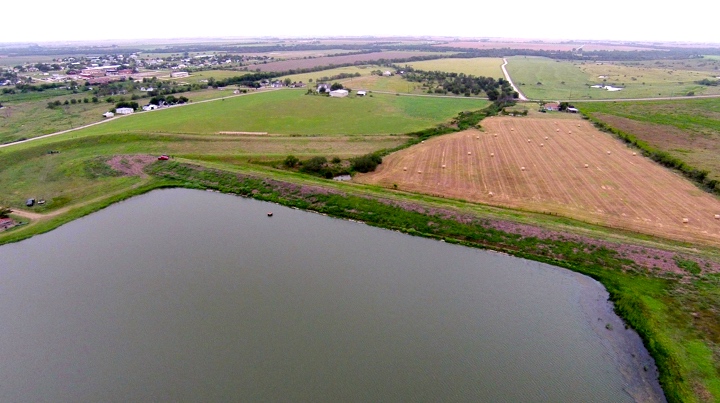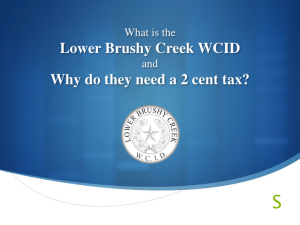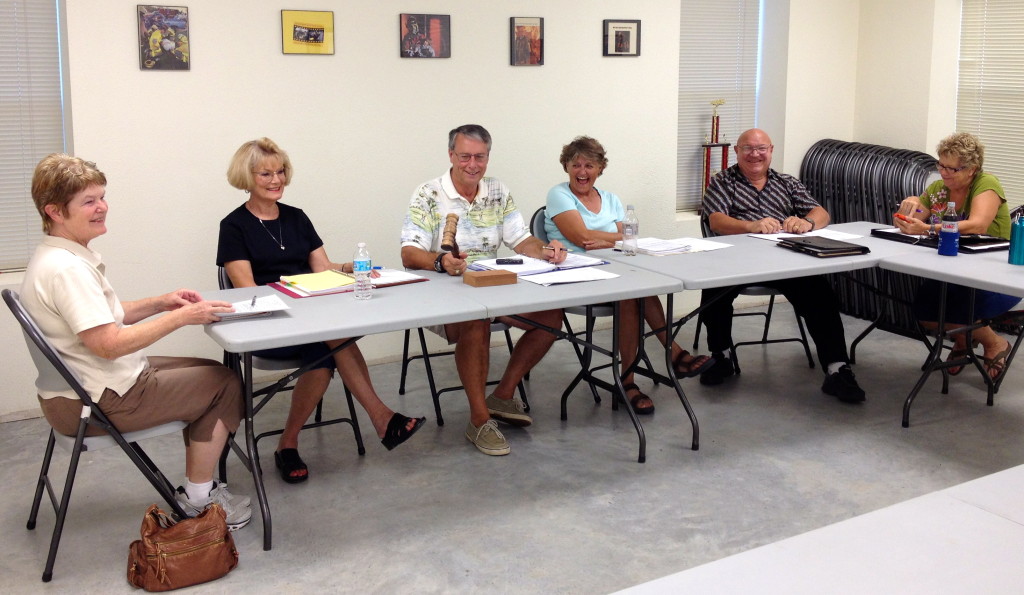Submitted by M. M. Marasco

Site 32 – East of Coupland
With the November 2014 election rapidly approaching, you may have seen a recent advertisement in the Taylor Press newspaper soliciting votes for the passage of a tax in the amount of $.02 per $100 property appraisal value for maintenance and upkeep of the rural floodwater retarding dams on Lower Brushy Creek. There was also a notice of an October 21, 2014 public meeting in Coupland concerning the same subject. In nut shell: These dams were originally funded and built some 50+ years ago by the USDA’s Soil Conservation Service (now, the Natural Resources Conservation Service (NRCS)) with the alleged stipulation that local funds would be secured for the upkeep of the dams. A few years ago, this maintenance and upkeep tax issue came up for a vote among all those in the Brushy Creek watershed. Real estate developers in the upper reaches of Brushy Creek built houses below some of these rural dams and, with concern over liability in the event of a dam failure, they pushed to have the dams upgraded and have the taxpayers along all of Brushy Creek pay for it (i.e., bail them out). The taxpayers in the lower part of that watershed said no and the Lower Brushy Creek Water Control & Improvement District (WCID) was formed as a consequence.
The solicitation advertisement is misleading on several counts: It’s subtitle is “our rural dams are old and out of shape” and shows a photo of what appears to be a much smaller breached dam in a California desert-like landscape setting — certainly not southeast Williamson County. The dams were funded and constructed by the USDA; however, the implication of the advertisement is that they were built with non-taxpayer funds. Wonder where the USDA got its funding if not from the US taxpayer (you and me). These dams may be 50+ years old but not one of them has ever been breached and most have not even had water flow over their emergency spillway. WCID states that its dams require $6.8M for maintenance and upgrade and that the WCID has secured $6.5M in Federal and State funds, needing only a small amount of local money to round out the cost. Actually, it turns out that receiving the $6.5M is contingent upon having the missing $300K made up from local “matching” funds. Hence, they haven’t secured any funding, they just have a pledge that if WCID comes up with about 4% of the “needed” $6.8M, then they’ll have access to the $6.5M — bit of a shell game. And for a lot of taxpayers, the claim that the tax will only amount to a “pizza a year” is also a grossly misleading statement. That figure came from the city of Taylor’s current average home appraisal of around $100K. That is an average, which means for many the tax will be much higher. Continue reading →
 Click on the link below to download a PowerPoint presentation prepared by the Lower Brushy Creek WCID regarding their proposal for a 2% maintenance tax. It’s about 37 MB because one of the slides is a short video.
Click on the link below to download a PowerPoint presentation prepared by the Lower Brushy Creek WCID regarding their proposal for a 2% maintenance tax. It’s about 37 MB because one of the slides is a short video.


